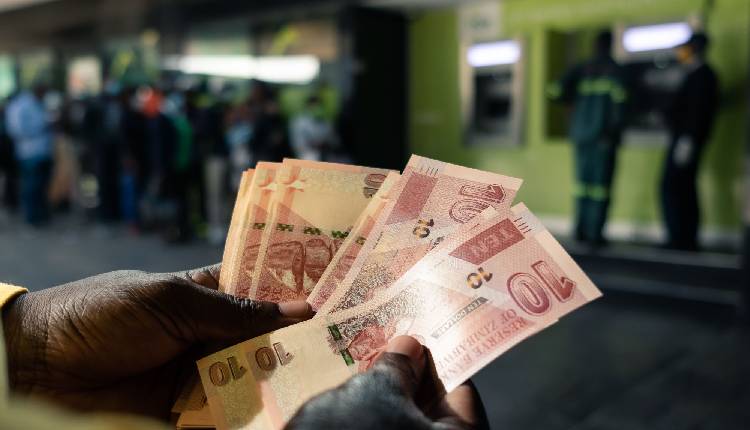Currency collapse in Zimbabwe caused a surge in inflation, increasing the prices of goods and services and putting more pressure on the central bank to take action, Bloomberg reported on Monday.
According to the Zimbabwe National Statistics Agency, consumer prices increased at an annual rate of 34.8per cent in January, up from 26.5 per cent in December. In comparison to December’s 4.7 per cent, prices rose by 6.6 per cent within the month.
The agency identified food, housing, and electricity as the main contributors to the inflation spike.
The statistics agency adjusted its price measure on Sept. 28 to account for the prevalent use of U.S. dollars in the economy, leading to the third consecutive monthly increase. The U.S. dollar, used in about 80 per cent of transactions, is preferred over the Zimbabwean dollar. The latter has seen significant volatility since its 2019 reintroduction after a 10-year hiatus due to hyperinflation eroding its value.
This year, the local currency has depreciated by 38 per cent against the U.S. dollar on the official market and even more in Harare’s street markets. From May to June last year, it fell by about 85 per cent. However, the exchange rate liberalisation and a government mandate for corporations to pay taxes exclusively in local currency helped it recover.
Monetary policymakers plan to meet on Monday to discuss strategies for managing exchange rate and price instability, according to Persistence Gwanyanya, a member of the rate-setting panel.
Zimbabwe currently has the world’s highest interest rate at 130%, with Argentina following closely behind.



